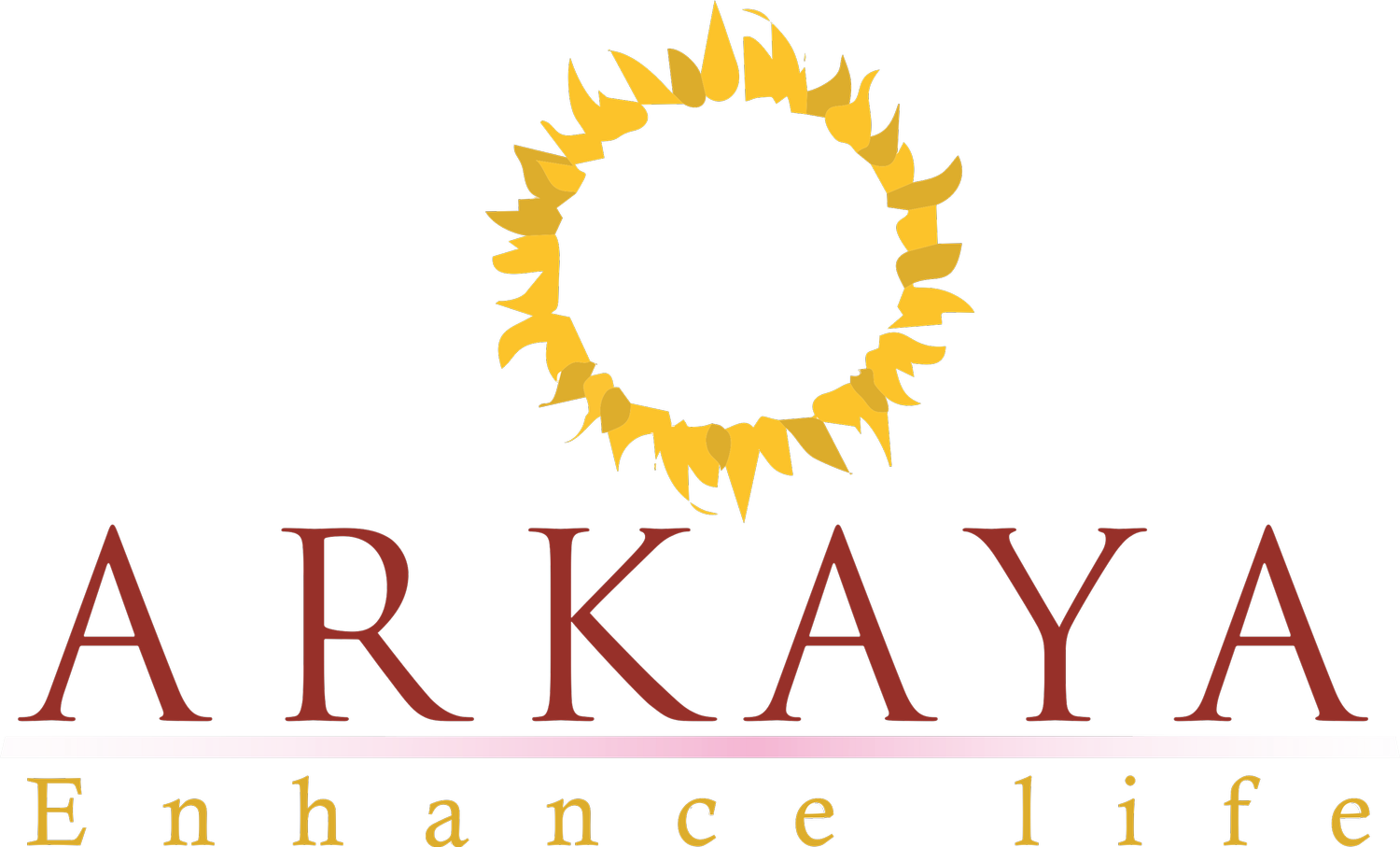I was feeling bright that morning, despite a couple of weeks of overstretching myself. I started my walk with a lot of enthusiasm. A cat spotted me along the way and our eyes met. I blinked my eyes slowly and softly at her. The next thing I knew, she was on the ground showing me her underbelly. I caressed her, rubbed her soft neck and stroked her head gently. It seemed like she just could not have enough. After a while of being immersed in the joy of being so completely trusted, I decided to feed my new found friend. Much to her dismay, I carried her home. My over enthusiasm and restlessness was something she had to deal with. Seeing her discomfort, I took her and the food down. Ignoring the food she glared as she left, which negated all the joy I felt before.
What an ungrateful cat, I thought, I only meant well! Yet when I stayed with her look I knew that I was the one who traumatized her. I had lost the trust I had gained so easily by trying to push it. I prayed and asked her to forgive me as I did what I did in unawareness. I definitely do not want someone whom I trust to push me into spaces I don’t want to, how much ever they feel it will benefit me. I pray for awareness to not push or allow myself to be pushed. In life the pushing is definitely going to be there but the more we grow in awareness the less harsh the pushes will be.
In yoga, we never push to a point where we break or where it hurts. “No pain, no gain” is not a yogic dictum. Consistency is the key. If only I had consistently met my dear cat, she may have trusted me enough to come home. I wanted all of it, all at once. That is the problem with most of us. We don’t have the patience to wait for trust to develop. The body needs to start trusting the mind. It needs to feel that it is not yet another whim that it has to cater to. The body needs to feel that the mind will be planning long-term growth and not just short-term associations with people, foods or techniques. What truly nourishes the body is anything given with care and gentleness on a regular basis.
Importance is given to allowing the body and the mind to unfold. Not force it open. We need to refrain from forcing things down someone’s throat. It is a great ahimsa or violence. Like the little cat we need to learn to ease off and enjoy our body. Stretch, move, crawl, roll and feel pampered. This is what the ancient yogis learn from the big cats or the tigers. They picked up various qualities from various beings and incorporated that movement or posture so that we may develop the same quality. The vyaghrah pranayama is one such movement that facilitates a gentle yet effective stretch to the entire back muscles and vertebral column in the most enjoyable fashion.
The vyaghrah pranayama is safe and non-intrusive. It increases suppleness and improves breath capacity. When we observe the big cats, we can see the flexibility ,agility and grace that they posses.
CHATUS PADA KRIYA – Four – footed movement
Crawl around on your four feet. This is extremely good for back problems, pregnant women, corrects prolapsed organs as well as strengthens knees and wrists. One may use pads for the knees if there is some difficulty. Crawling rejuvenates muscles and bones. Excellent for those suffering from arthritis. Breaks up cellulite in the thighs.
VYAGHRAH PRANAYAMA
In the chatus pada asana, check to see if your fingers are together, arms shoulder distance apart and feet relaxed. Breathe in slowly and work from your lower back, push mid back down and stretch the neck up. Breathe out and arch the back, shoulder and neck without moving or bending the arms. The back is lifted up as high as possible and head is in between the arms. Do 6 repetitions.
Then stretch back and then come onto all fours. Do three repetitions of the stretches and then relax in vajrasana.
The vyaghrah pranayama works on all the back muscles as well as the vertebrae. Hence it is an excellent practice to avoid back problems. It also facilitates full-chest breathing. This means that the three lobes of the lungs are stretched out and the air moves into them. It especially works on the lower and mid portion of the lungs. The great cats are able to move quickly but silently. They can pounce and leap great distances due to their elastic muscles. This same elasticity is brought into the human body and mind.
